There is no limit to how many places can be visited in Romania. Most travelers will simply visit Bucharest and maybe do a day trip to the mountains. The truth is, many of Romania’s treasures are often overlooked. Romania’s history shows many empires which, over the centuries, tried to conquer the country, such as the Romans, Ottomans, Saxons and Austro-Hungarians. These diverse influences can be experienced in many cities across the country.
Brasov
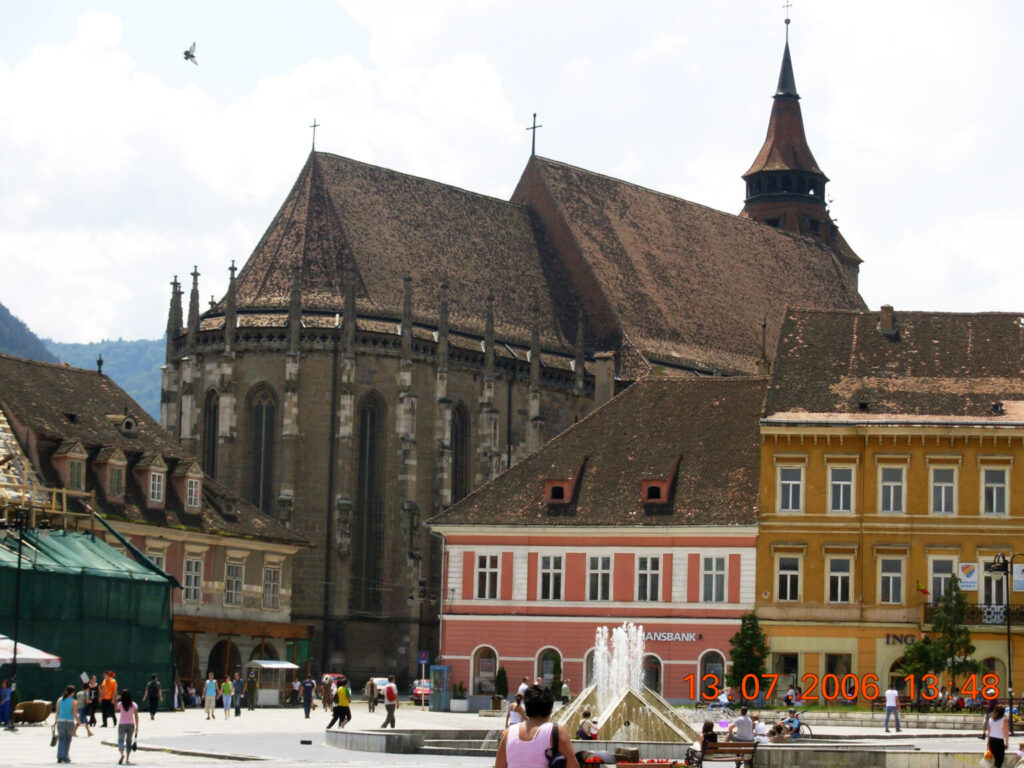
Brasov was established during the 13th century by Teutonic Knights, and settled by the Saxons. The city has been inhabited since the Neolithic period. The current architecture was developed by German architects. Attractions in Brasov include the famous Black Church and Council Square with the defense towers that once protected the city. A short drive out of this Transylvanian city takes you up the mountains to Poiana Brasov (Brasov Hill) where one can find many hotels and ski resorts, as well as amazing views of the city and the mountains. Brasov is also the closest city to the Bran Castle, where one can experience the myth of Dracula.
Getting there: Brasov is a 2.5-hour train ride away from Bucharest, and trains run almost every hour. The cost is about €10 one-way.
Sighisoara
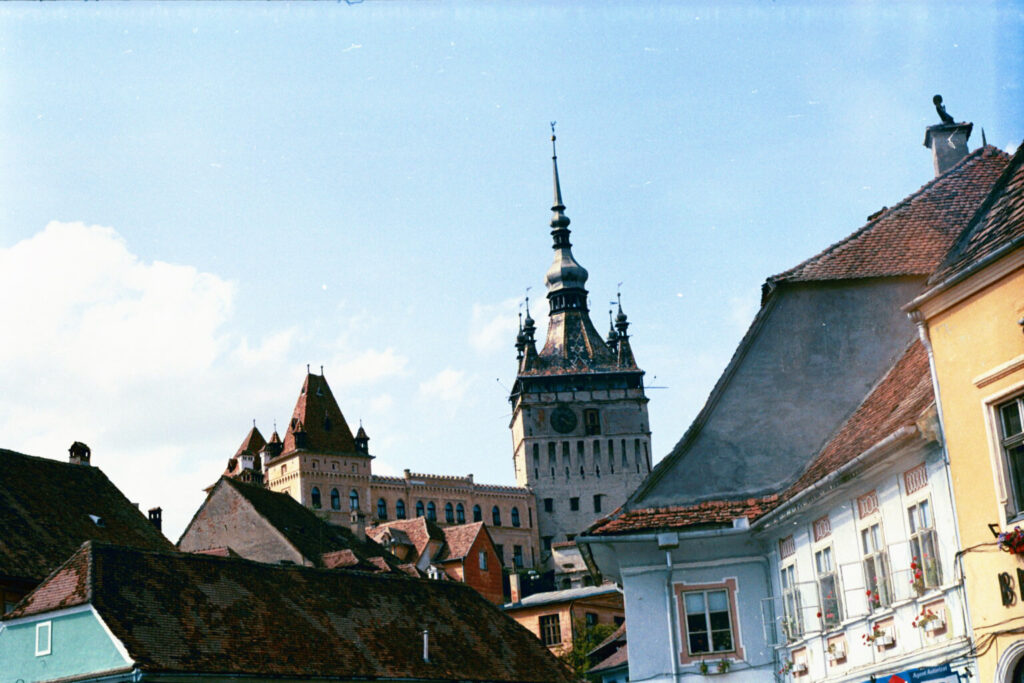
Listed by UNESCO as a World Heritage site, this medieval city stands on the Tarnava Mare River in Mures county. Sighisoara is where the real Vlad the Impaler was born, and inspired the Dracula story. One can experience the place where it all happened at the House of Vlad. The surrounding city walls still remain to date. For the best views, climb the city’s Clock Tower, which dates from the 14th century. Other attractions include the Church on the Hill, Venetian House and the Church of the Dominican Monastery.
Getting there: Sighisoara can be accessed by train from Bucharest and several other cities. The cost is about €12 one-way from Bucharest.
Sibiu
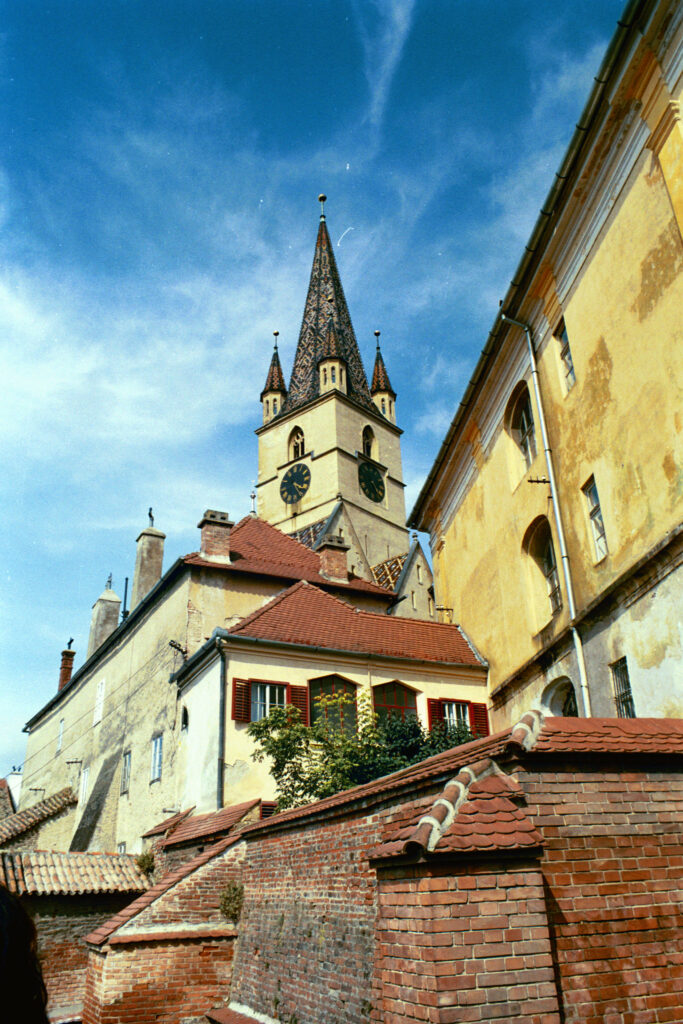
Sibiu is known for its Germanic architecture, and the legacy of the Saxon settlers from the 12th century. This city earned its place as the European Cultural Capital in 2007. The remains of medieval walls and towers can be found around the city, along with the Council tower from the 13th century. The main square in Sibiu is the host of many outstanding festivals, some of which include medieval, food, art, folkloric, among many others. For art lovers, the famous Brukenthal Palace (open Wednesday to Sunday) houses European paintings. Other attractions include the Evangelical Cathedral, and the “Bridge of Lies”.
Getting There: Sibiu is accessible by train from Bucharest and many other cities, however, getting there can take up to 6 hours. The cost is about €12 one-way from Bucharest. There are also domestic and international flights arriving at and departing from Sibiu International Airport.
Targu Mures
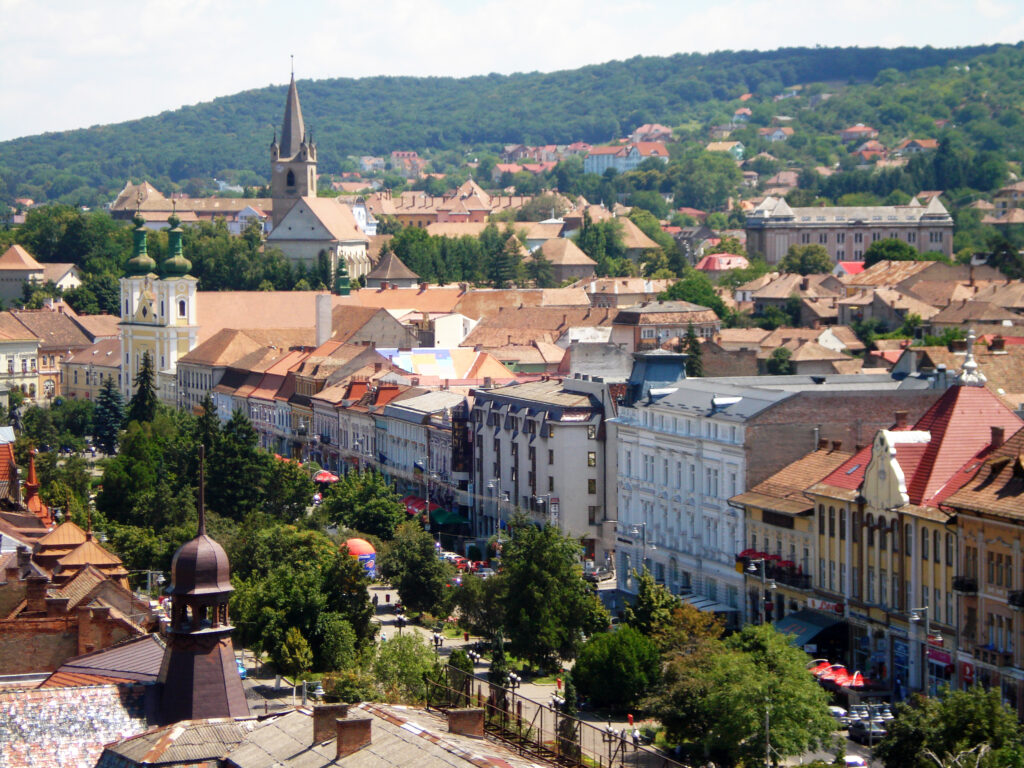
Situated in Mures County, Targu Mures is probably the most underrated city in Transylvania. The population of this city has an almost even split between Romanians and Magyars. The main square in Targu Mures is called Piata Trandafirilor (literally translated as Square of the Roses), and runs between two popular cathedrals, both orthodox. One is called the Little Cathedral, and the other one is called the Big Cathedral. Across from the square is the famous Culture Palace. Other attractions include the Ethnographic Museum and the Citadel. The Citadel also holds popular medieval festivals and concerts.
Getting there by train: Targu Mures can be accessed by train from Bucharest, but the journey can take up to 12 hours. The best way to save time is to take the overnight train rather than the daytime train. Sleeper cars on trains in Romania are surprisingly inexpensive. The one-way cost is about €16 for a regular seat or €40 for a sleeper car.
Getting there by air: You can also fly into Targu Mures on a domestic flight from Bucharest, or internationally from other cities across Europe. For international flights, Targu Mures is only served by the budget carriers.
Cluj-Napoca
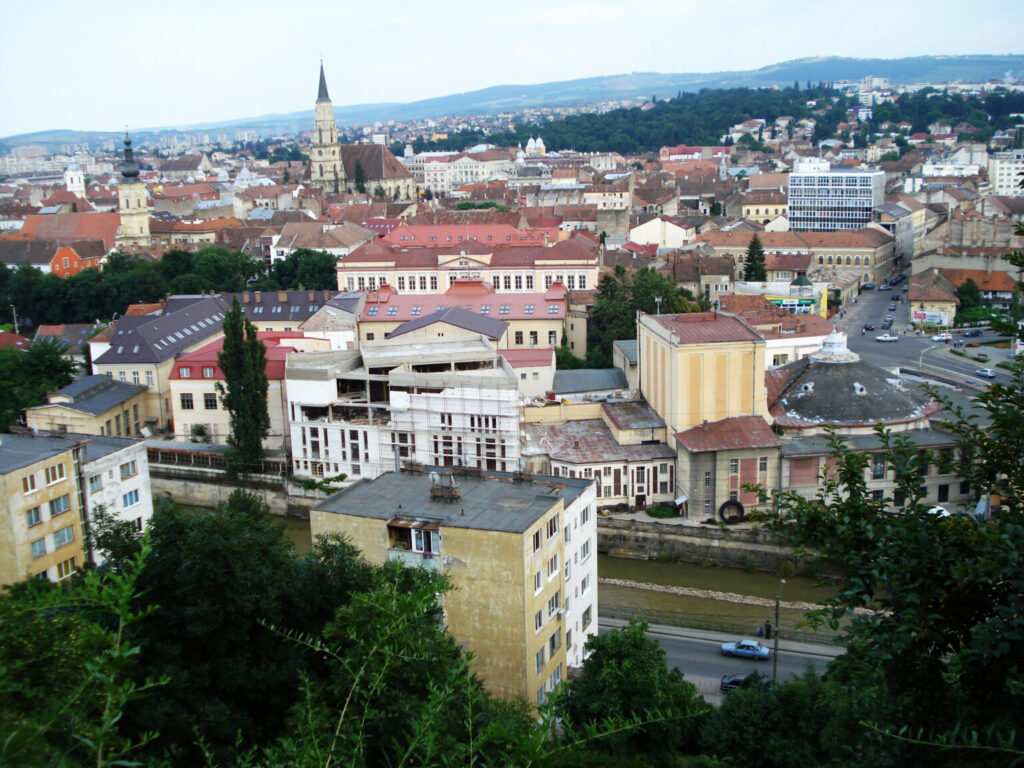
Cluj-Napoca is the fourth most populous city in Romania, commonly known as Cluj. Home to great universities and great nightlife, the landmarks in Cluj go back to the Saxon and Hungarian rule. One of the best landmarks in the city center is St. Michael’s Church. Other attractions include the hilltop Cetatuia Park, offering great views of the city and the Cluj Botanical Gardens. Cluj is one of the popular touristic destinations in Romania, and has some funky new hostels.
Getting there: Cluj can be accessed by train or a short domestic flight from Bucharest. By train, the journey can take up to 9 hours. The best way to save time is to take the overnight train rather than the daytime train. Sleeper cars on trains in Romania are surprisingly inexpensive. The one-way cost is about €16 for a regular seat or €26 for a sleeper car.
Getting there by air: Travelers can also fly directly into Cluj on many airlines from across Europe, including big airlines that connect to other continents.
Iasi

Located in the northeastern part of Romania, about 2 hours from the Moldova border, Iasi is known as the Cultural Capital of Romania. This university city is a symbol in the history of Romania. Historian Nicolae Iorga said “there should be no Romanian who does not know of it”. Home to the oldest university in Romania plus another 4 universities, Iasi is an important research and education center in the country. From 1564 to 1859, Iasi was the capital of the Principality of Moldavia. Then in 1916, Iasi became the capital of Romania for only 2 years. In 2018, Iasi was declared to be the Historical Capital of Romania. Attractions in this city include the neo-Gothic Palace of Culture, the 19th century Orthodox St. Paraschiva Metropolitan Cathedral, the Iasi Athenaeum, and the beautiful Botanical Gardens. Nearby, travelers will find the Three Hierarchs Monastery.
Oradea

Oradea is the closest city to the Hungarian border. This city was administered by the Ottoman Empire and the Habsberg Monarchy. The city is known for its baroque and art nouveau architecture, dating back to the time when Romania was under the Astro-Hungarian Empire. Strada Republicii (translated as the Street of the Republic) is a great walk through history. Other attractions include King Ferdinand Square, the 18th century Bishop Palace, the asymmetrical City Hall, and the Oradea Fortress.
Less than 10 km outside the city, one can find the Baile Felix (Felix Baths) which is a medical spa and resort, home to several thermal springs.
Getting there by train: Oradea can be accessed by train from Bucharest. The journey, although very scenic, can take up to 12 hours. The best way to save time is to take the overnight train rather than the daytime train. Sleeper cars on trains in Romania are surprisingly inexpensive. The one-way cost is about €20 for a regular seat or €29 for a sleeper car.
Getting there by air: Alternatively, one can fly into Oradea on a domestic flight from Bucharest, or internationally from other cities across Europe. For international flights, Oradea is served mostly by the budget carriers.
Constanta

Constanta is located on the shores of the Black Sea, and has an impressive casino. Its long history goes back over 2,000 years. For beaches, one can take a public transit bus for about 30 minutes to the village of Mamaia, where resorts line the beaches just like the resort scene in the Caribbean. Although not an all-inclusive scene, the resorts and beaches are spacious, and range from budget to luxury.
Getting there: Constanta can be accessed by train from Bucharest in only 2.5-3 hours. Trains run every hour, and sometimes even more often. The cost is about €10 one-way.
